Introduction
Plums, with their vibrant hues and sweet-tart flavor, are a beloved summer fruit enjoyed fresh, in desserts, or as a savory accompaniment. However, their season is fleeting, and improper storage can lead to spoilage or loss of texture. This article explores science-backed methods to preserve plums, ensuring their taste and nutritional value endure long after harvest. From refrigeration to fermentation, we delve into techniques suited for home cooks and preservation enthusiasts alike.
Understanding Plum Ripeness and Selection
Before storing plums, mastering ripeness evaluation is critical. Underripe plums are firm with greenish undertones, while ripe specimens yield slightly to pressure and emit a floral aroma. Avoid fruits with bruises, wrinkles, or soft spots, as these indicate damage or overripeness.
Pro Tip: For immediate use, choose plums at peak ripeness. To store long-term, opt for slightly underripe fruit to slow deterioration.
Refrigeration: The Basics of Cold Storage
Refrigeration is the simplest way to extend plum shelf life. Store ripe plums in a ventilated container or perforated plastic bag to prevent moisture buildup. Maintain temperatures between 32–36°F (0–2°C) to slow ripening without causing chill damage.
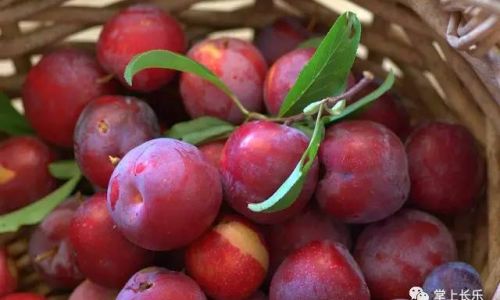
Key Points:
- Ripe plums last 3–5 days in the fridge.
- Place them in the crisper drawer to shield from ethylene-emitting produce like apples.
- Avoid washing before storage, as excess moisture accelerates decay.
Freezing Plums for Long-Term Preservation
Freezing locks in flavor and nutrients for up to 12 months. Follow these steps for optimal results:
a. Preparation
- Wash plums under cool water to remove pesticides.
- Pat dry with a clean towel.
- Decide whether to freeze whole, halved, or sliced. Pitting reduces freezer burn risk.
b. Blanching (Optional)
- Dip plum halves in boiling water for 30 seconds, then transfer to an ice bath. This preserves color but is unnecessary for short-term freezing.
c. Packaging
- Arrange plums on a baking sheet lined with parchment paper.
- Freeze until solid (2–4 hours) to prevent clumping.
- Transfer to airtight freezer bags or containers, removing excess air.
Usage Ideas: Frozen plums excel in smoothies, compotes, and baked goods. Thawing may soften texture, making them less ideal for fresh consumption.
Canning Plums: Jam, Preserves, and More
Canning transforms plums into shelf-stable goods with extended shelf lives. Two popular methods include:
a. Water Bath Canning
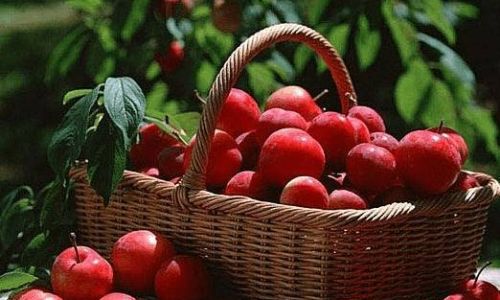
- Prepare syrup (sugar and water) or honey for sweetening.
- Pack plums into sterilized jars, leaving ½-inch headspace.
- Process in boiling water for 20–25 minutes (adjust for altitude).
b. Jam Making
- Cook plums with sugar and pectin until gelled (220°F/104°C on a candy thermometer).
- Ladle into jars, seal, and process in a water bath.
Safety Note: Follow USDA-approved recipes to ensure acidity levels prevent botulism.
Drying Plums into Prunes: A Timeless Technique
Dehydration concentrates sugars, yielding chewy, nutrient-rich prunes.
a. Oven Method
- Preheat to 140°F (60°C).
- Slice plums, remove pits, and arrange on baking sheets.
- Dry for 8–12 hours, flipping occasionally.
b. Food Dehydrator
- Use at 135°F (57°C) for 12–18 hours.
- Store prunes in airtight containers in a cool, dark place.
Nutritional Benefit: Prunes are high in fiber, vitamin K, and antioxidants, aiding digestion and bone health.
Infusing Plums in Alcohol: A Gourmet Twist
Alcohol infusion elevates plums into luxurious treats.
a. Brandy-Soaked Plums

- Layer plums and sugar in a sterilized jar.
- Cover with brandy (1:1 ratio by volume).
- Seal and store in a dark cabinet for 4–6 weeks, shaking occasionally.
b. Vodka Infusion
- Use ripe plums and vodka for a cleaner flavor.
- Strain after 3 weeks and serve chilled or in cocktails.
Pickling Plums for Tangy Delights
Pickling offers a savory-sweet preservation method.
a. Spiced Plum Chutney
- Simmer plums with vinegar, brown sugar, ginger, and cinnamon.
- Can in jars for a tangy condiment.
b. Quick Refrigerator Pickles
- Pack plums in jars with rice vinegar, honey, and red pepper flakes.
- Refrigerate for 1 week before serving.
Creative Culinary Uses for Stored Plums
Preserved plums transcend mere snacking. Explore these applications:
- Smoothies: Blend frozen plums with yogurt and spinach.
- Baked Goods: Fold thawed plums into muffin batter or pie fillings.
- Salads: Toss prunes with arugula, goat cheese, and toasted nuts.
- Sauces: Simmer jam with balsamic vinegar for a glaze.
Identifying Spoilage and Ensuring Safety
Even with proper storage, plums can spoil. Watch for:
- Mold: Fuzzy growth in green, white, or black hues.
- Off Odors: Fermented or sour smells indicate bacterial growth.
- Texture Changes: Mushiness or liquid leakage signals decay.
Disposal Guide: Discard spoiled plums immediately to prevent cross-contamination.
Advanced Techniques: Fermentation and Beyond
For the adventurous, fermentation unlocks unique flavors.

a. Plum Wine
- Ferment crushed plums with sugar and yeast for 6 months.
- Age in bottles for complexity.
b. Lacto-Fermented Plums
- Submerge plums in saltwater brine (3% salinity).
- Ferment at room temperature for 1–2 weeks.
Conclusion: Maximizing Plum Potential
Preserving plums bridges seasonal gaps, ensuring access to their health benefits and culinary versatility. Whether frozen, canned, or fermented, each method offers distinct advantages. Experiment to find your favorite—your future self will thank you when winter arrives, and summer’s bounty lingers in every bite.
Final Tip: Label jars and containers with dates to track freshness. Preservation is both art and science, so embrace creativity while adhering to food safety guidelines.
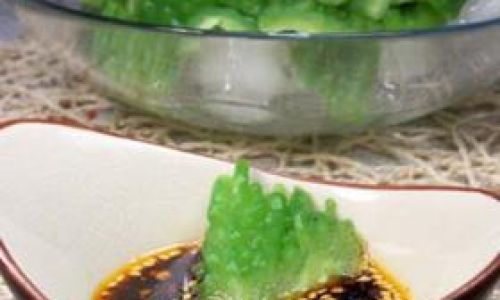
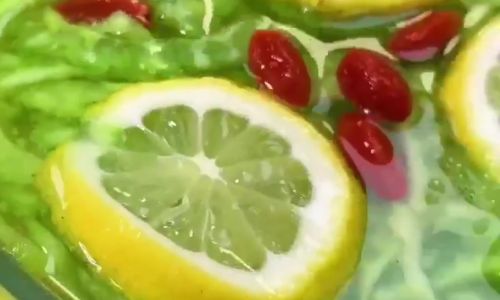
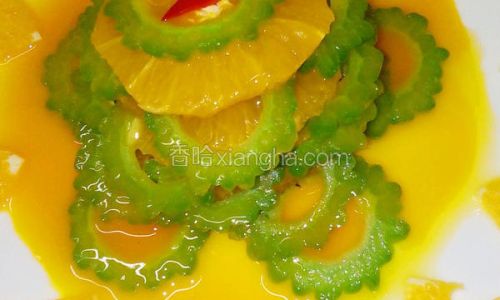
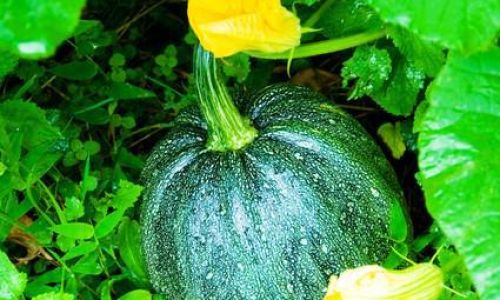

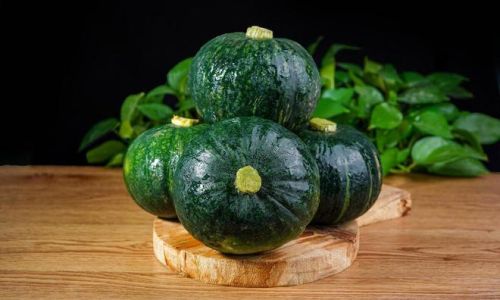
0 comments